The cheetah, known for its incredible speed and agility, is a fascinating predator with unique hunting habits. Primarily found in the grasslands of Africa, cheetahs have a well-documented preference for certain types of prey. However, recent observations and studies have revealed some unusual prey choices that add complexity to our understanding of these sleek hunters. This article explores the behavior, diet, and ecological impacts of cheetahs in the wild, focusing on their diverse prey selection.
The Speed Advantage
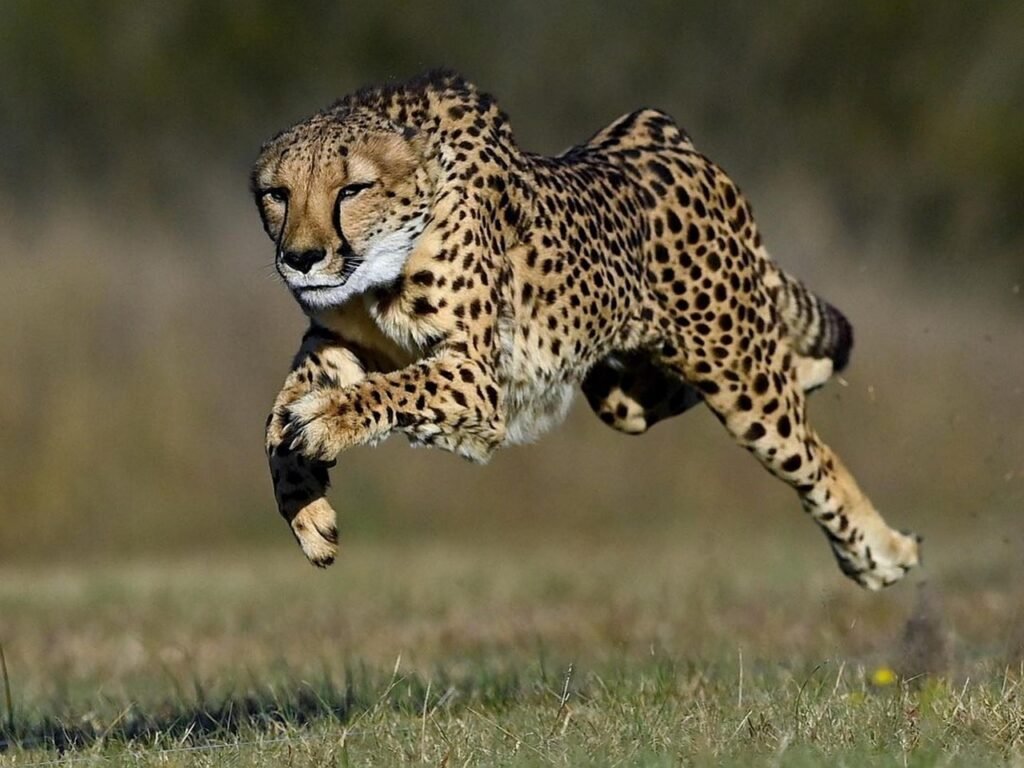
Cheetahs are the fastest land animals, capable of reaching speeds up to 70 mph (113 km/h) in short bursts covering distances up to 1,500 feet. This remarkable speed allows them to effectively hunt fast-moving prey, which has typically led to an association with smaller, nimble animals. Their acceleration, reaching 60 mph within 3 seconds, gives them a decisive edge in catching prey that would elude other predators.
Typical Diet and Prey Preferences

Traditionally, cheetahs have been known to hunt medium-sized ungulates such as gazelles and impalas. These animals are abundant in their natural habitats, making them a preferred and convenient choice. Young or weak members of these species often become targets due to the cheetah’s reliance on stealth and speed over brute strength in their hunting technique.
The Element of Surprise in Hunting
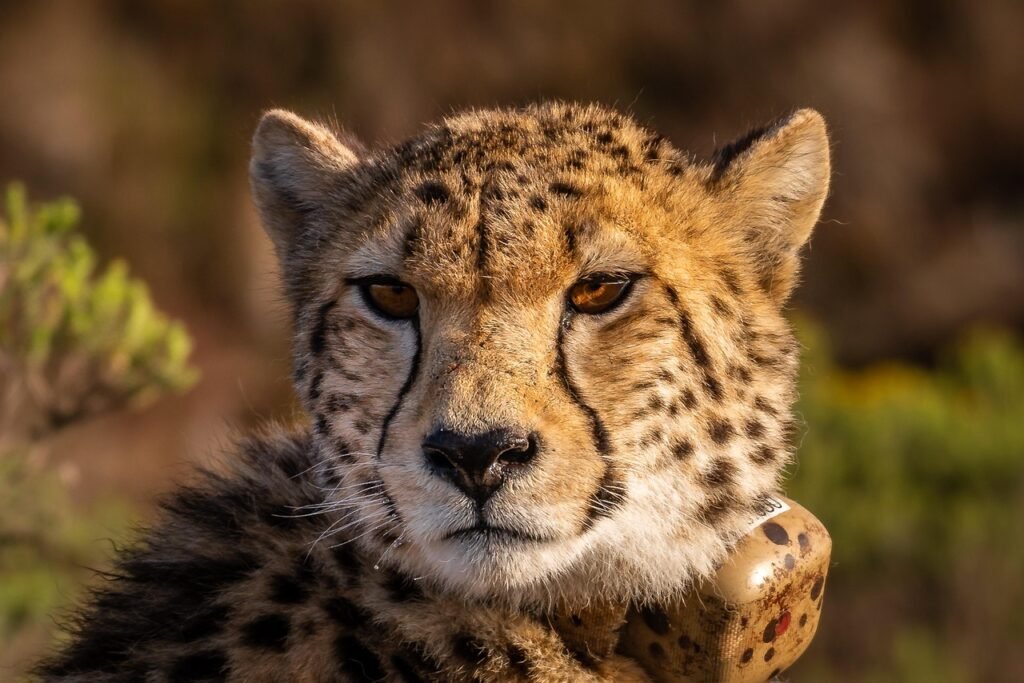
Unlike other big cats, cheetahs rely on stealth and the element of surprise to get as close as possible before the final sprint. Their hunting strategy includes stalking their prey until within 200-300 meters, avoiding detection in the grasslands with their camouflaged coats, before exploding into a high-speed chase. This strategic approach and the ability to make quick decisions while running is crucial for catching prey.
Unusual Prey: Shifting Hunting Patterns
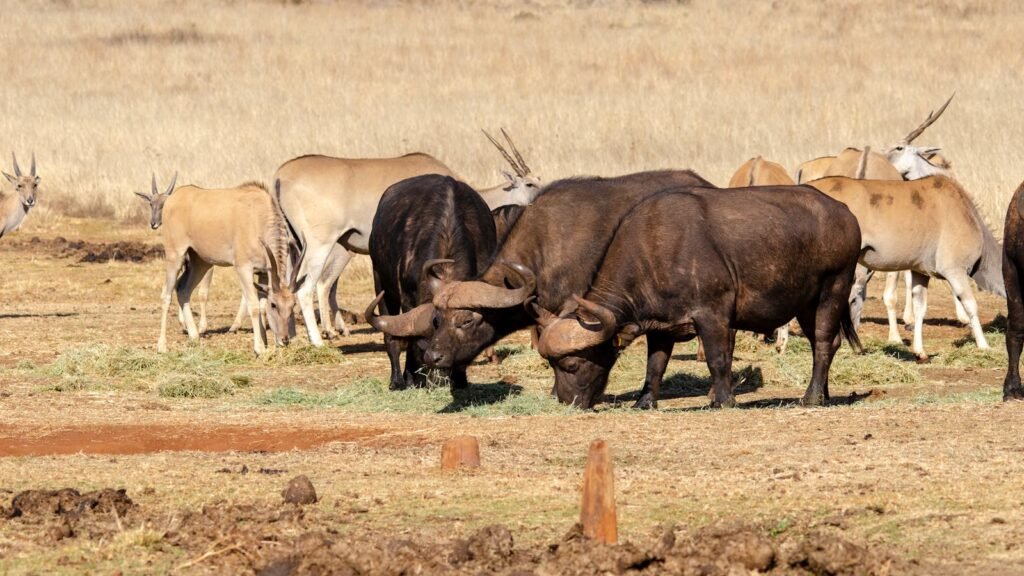
While traditionally associated with smaller, swifter prey, some cheetahs have shown adaptability by expanding their diet. Observations have documented instances of cheetahs preying on larger or unconventional prey such as hares, young wildebeests, and even small birds. These deviations from typical prey choices illustrate the cheetah’s ability to adapt to differing environmental circumstances and prey availability.
Environmental Influences on Prey Choice
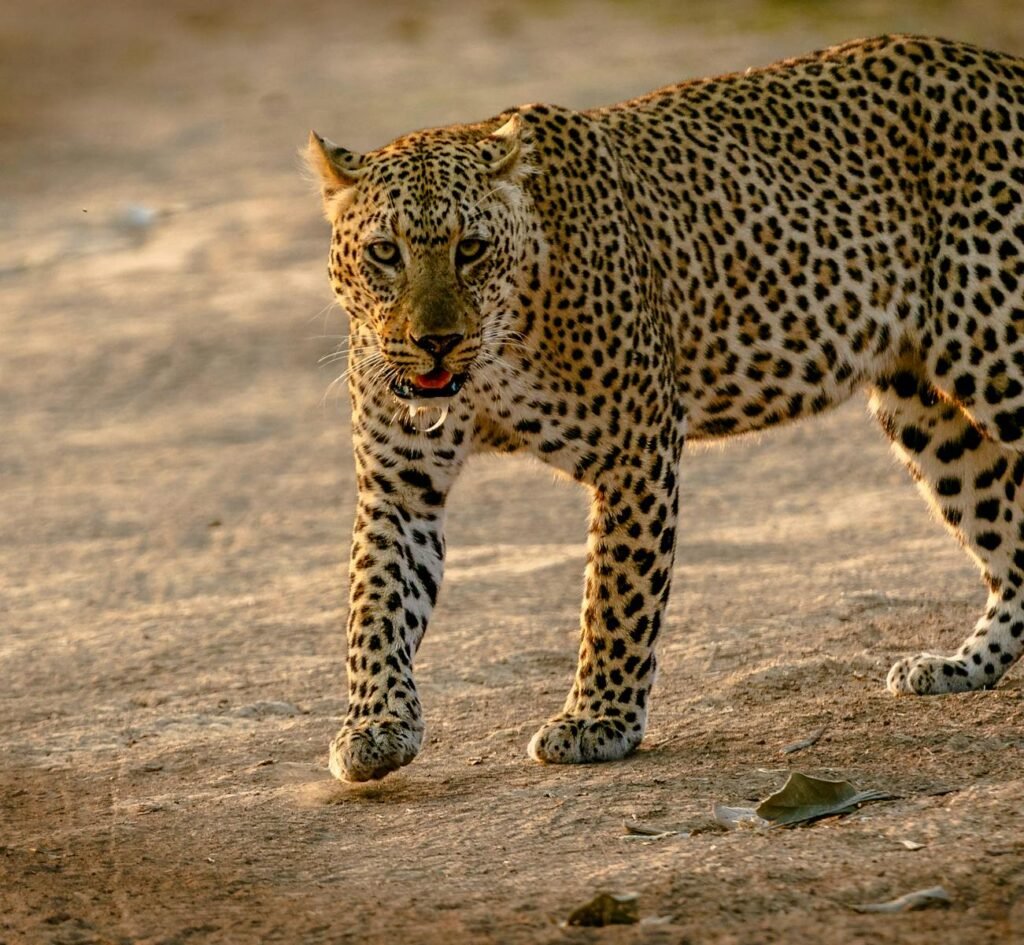
Changes in habitat and prey density can prompt cheetahs to diversify their prey selection. Droughts, competition from other predators, and human encroachment can drive cheetahs to explore unconventional dietary options. In some instances, reduced numbers of usual prey have pushed cheetahs to prey upon animals not typically favored, as a means of survival.
The Role of Competition and Scavenging
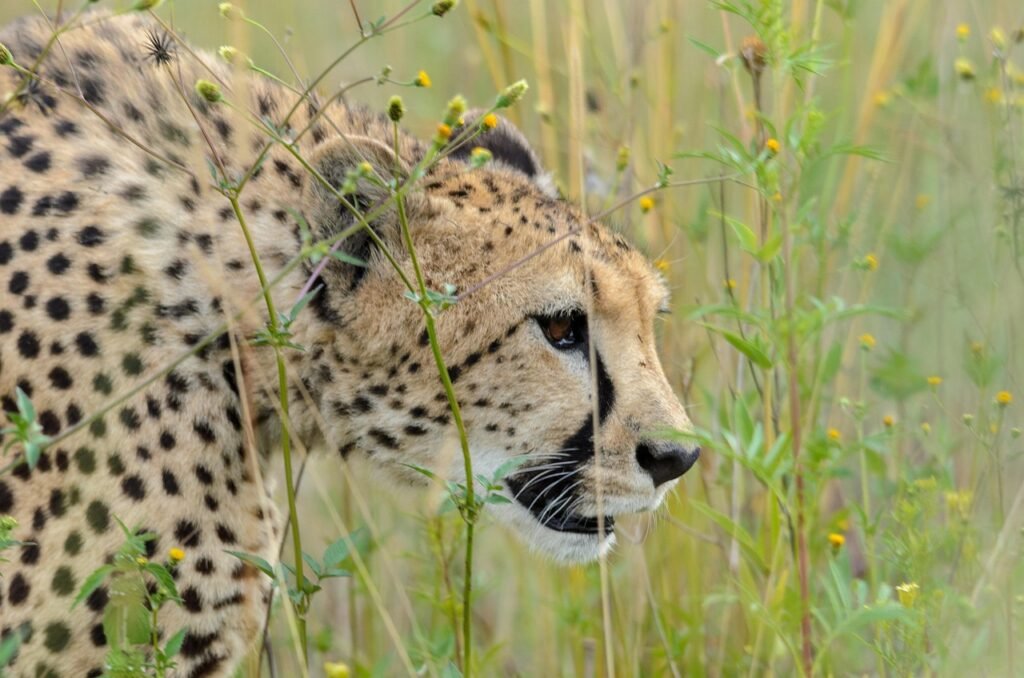
Cheetahs face fierce competition from larger carnivores like lions and hyenas, which often steal their kills. This competition can push cheetahs to hunt less conspicuous or smaller prey that can be consumed quickly, reducing the chance of scavenging. This behavior suggests a strategic adaptation to their ecosystem, ensuring sustenance despite external pressures.
Case Study: Cheetahs Preying on Ostrich Chicks
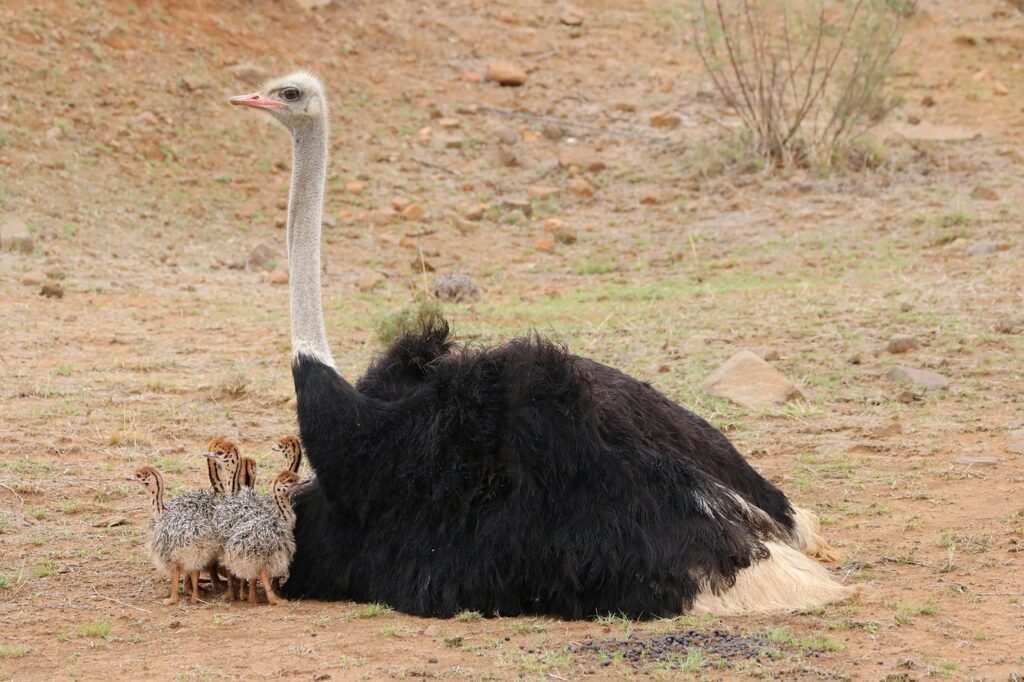
Though rare, instances of cheetahs preying on ostrich chicks have been recorded. The high protein and caloric value of these birds make them a desirable, albeit challenging, target. Successful hunts of this nature require exceptional coordination and cooperation among cheetahs, showcasing their complex social behaviors and intelligence.
Observational Studies and Research Insights
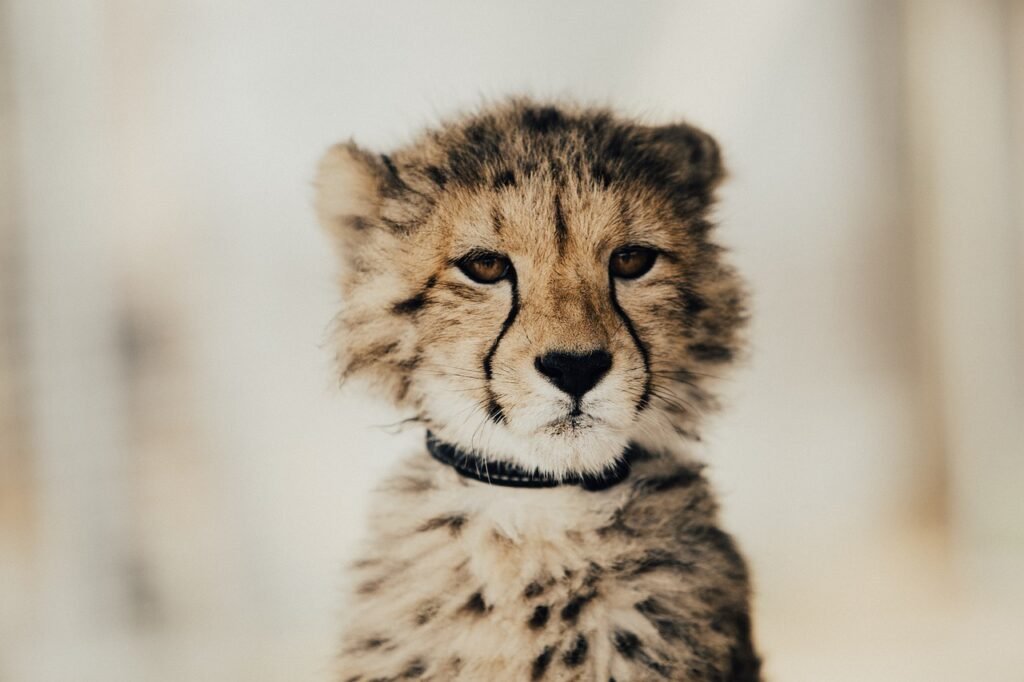
Research into cheetah hunting habits continues to yield surprising insights into their adaptability. Advances in technology, such as GPS tracking and camera traps, have enabled researchers to gather more detailed data on cheetah movements and diets. These tools have uncovered instances of unexpected prey selection that would have otherwise gone unnoticed, painting a more comprehensive picture of their predatory behavior.
Conservation Implications

Understanding the unusual prey choices of cheetahs is vital for conservation efforts. Knowledge of their dietary flexibility can guide strategies to protect habitats and ensure the availability of diverse prey species. Maintaining healthy ecosystems is crucial not only for cheetah survival but also for the balance of the broader ecosystem in which they play a vital role.
Conclusion
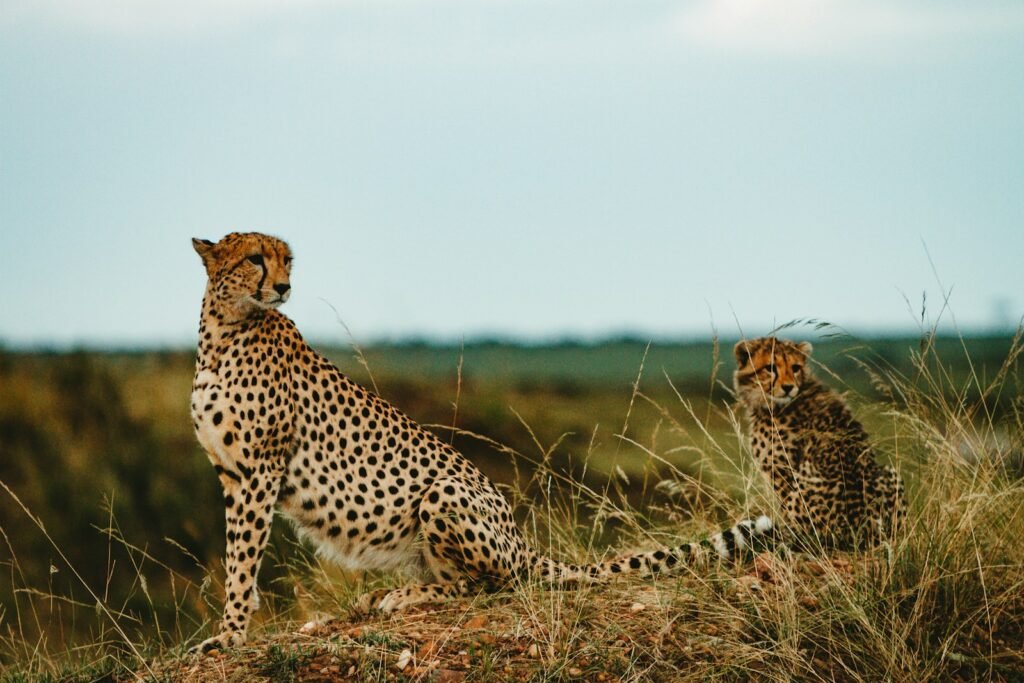
The cheetah’s ecological niche is more complex than previously understood, with an ability to adapt its hunting strategies and prey choices in response to environmental challenges. These fascinating behaviors underscore the necessity of ongoing research and conservation efforts to protect these incredible animals and their habitats. Cheetahs are not just speedsters; they are adaptable and resilient predators whose survival relies on a delicate balance within their ecosystem.

Growing up traveling and experiencing new cultures and wonders, I have had a passion for nature, adventuring, photography, and videography. I am currently working towards a BSc in Biodiversity and Ecology at Stellenbosch University, and I hope to specialise in Marine Sciences one day.
Please send any feedback to Feedback@animalsaroundtheglobe.com






